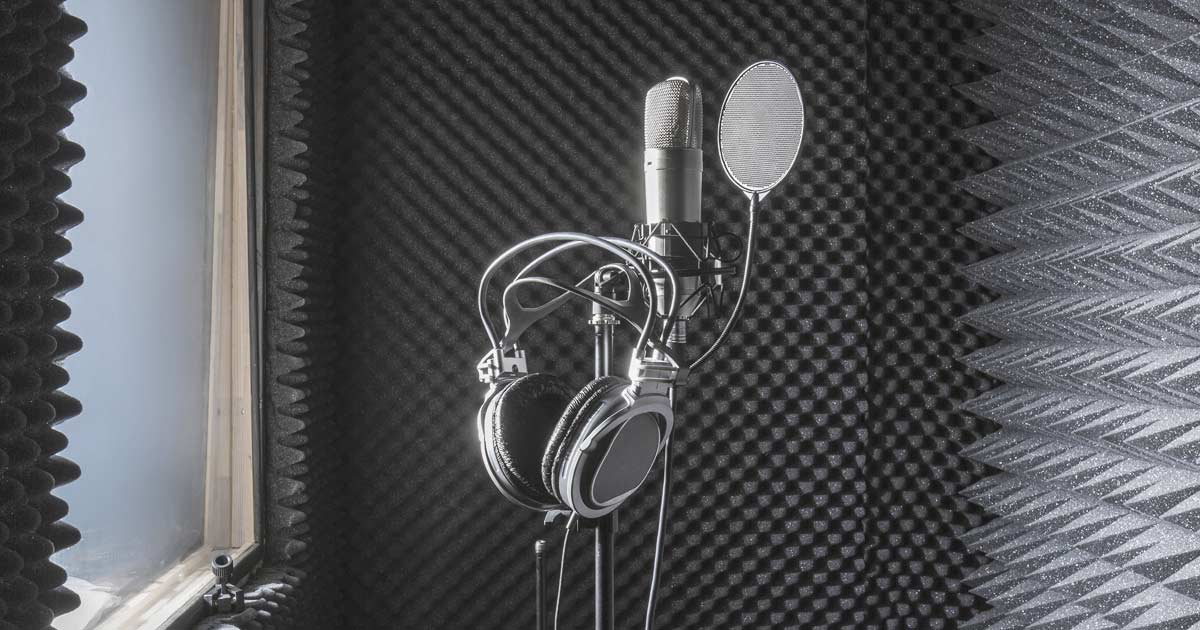This article is part two of a four-part series.
In the first article of this series, we mentioned that the copyright in a master recording is not a single copyright. There are different forms of copyright that exist and are often held by different people in different proportions. These rights are to the composition (musical work) and to the master (sound recording). Someone who owns 100 per cent of all the copyright is free to exploit the work, and anyone else has to obtain permission from the owners first.
Unidisc Music Inc. case
This concept of partial ownership and distinct rights seems to have been misunderstood by Revenu Québec in Unidisc Musique Inc v L’Agence du Revenu du Québec. Both the language of Unidisc Music Inc.’s (Unidisc) contracts, as well as the testimony of its president, stated that Unidisc acquired copyright in the masters but not to the composition or to the rights held by the publisher.
Therefore, if Unidisc wanted to sell copies of music recorded on the masters, they would have to obtain the consent of the composition copyright owners and pay them royalties.
The trial judge outlines Unidisc’s rights in section 18 of the Copyright Act:
(1) Subject to subsection (2), the maker of a sound recording has a copyright in the sound recording, consisting of the sole right to do the following in relation to the sound recording or any substantial part thereof:
(a) to publish it for the first time,
(b) to reproduce it in any material form, and
(c) to rent it out,
and to authorize any such acts.
This was in contrast to the rights provided by sections 3, 13 and 15 of the Copyright Act. These include the rights to produce, perform, publish or record the work.
However, the Québec Court of Appeal noted that despite the error, it did not displace the fact that the masters had some copyright and that copyright had value.
The value in owning the copyright in the masters
There is value in owning the copyright in the masters even if you do not own copyright in the composition, including the ability to exploit the masters in the future, provided royalties are paid to the composer and publisher. Ownership also means that someone has to pay you for the right to make a copy. Alternatively, the owner can refuse and prevent a competitor from releasing a competing product.
For example, anyone old enough to remember buying music exclusively on physical media will remember the name Columbia House, who sold music via a mail-order subscription service. When BMG entered Canada as Columbia House’s main competitor, BMG had obtained reproduction, distribution and sales licences from a number of record labels, excluding Warner. This is unsurprising given that Warner was one of Columbia House’s owners and Columbia House had received licences from Warner to manufacture, distribute and sell the sound recordings Warner owned.
Although BMG could purchase Warner CDs, tapes and records wholesale, it wanted to obtain the costs savings of manufacturing the recordings itself. When Warner refused to licence its recordings, BMG went to court to argue that this was anti-competitive behaviour. The Copyright Act was found to be a complete answer to the allegation. Warner would not be compelled to licence their copyright in the masters to BMG.
This right to control who can make a reproduction ensures that low quality copies cannot be made and sold. At the time, there were many debates over whether the quality of a Columbia House recording was equal to that of the original pressing, proving there is value in owning the rights in the masters even independently from the rights to the composition.
However, there is also potentially considerable value in the physical media, as was contemplated by the Québec Court of Appeal in Unidisc Musique Inc v L’Agence du Revenu du Québec. This means that in a different case the facts may establish an allocation between the tangible and intangible.
In the next articles of this series, we explore the kind of evidence that may be considered by a future court.



